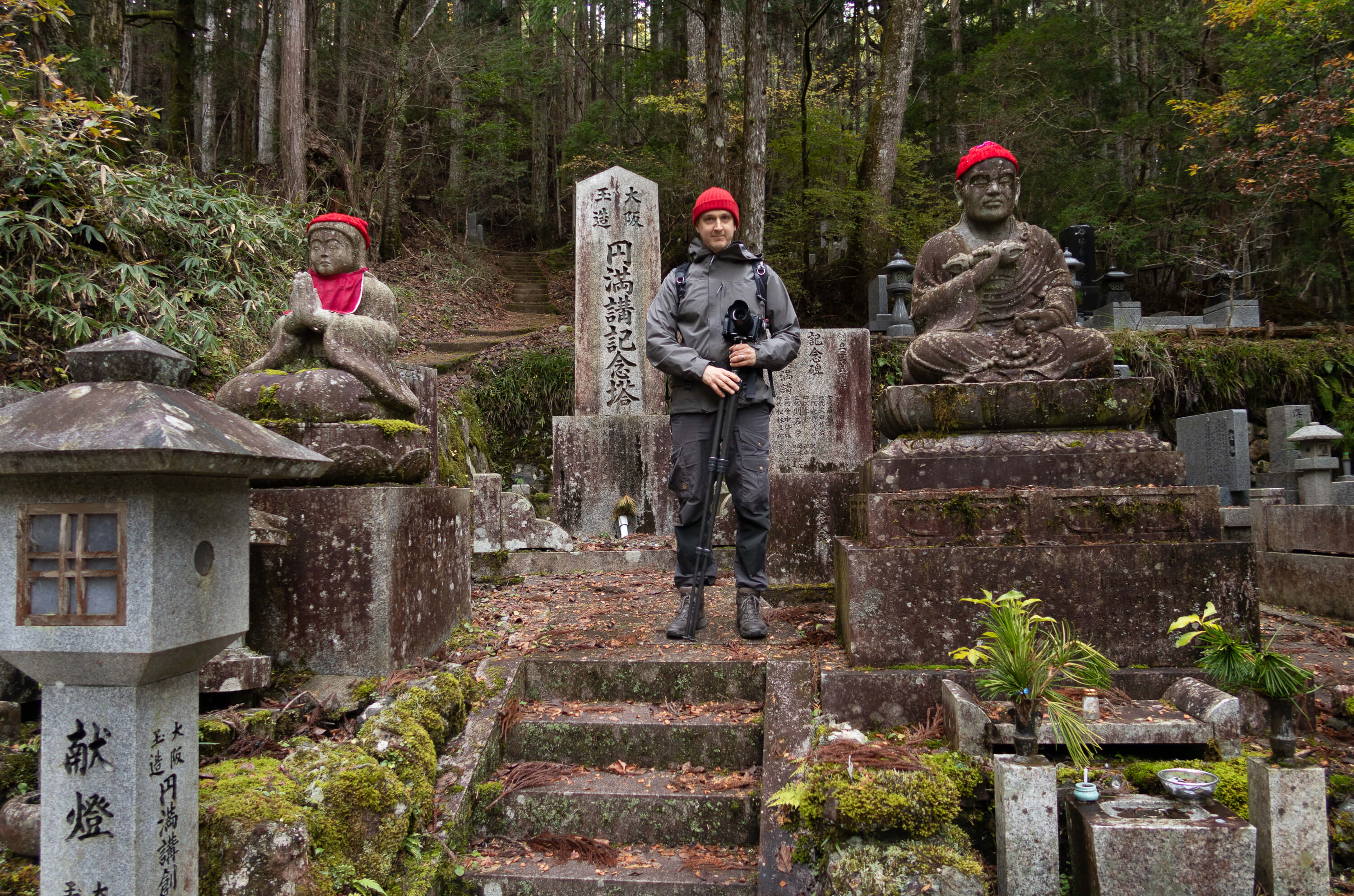Rub al-Khali
Rub al-Khali or the Empty Quarter is part of the Arabian Desert and the largest continuous sand desert in the world, approximately 1000 kilometers long and 500 kilometers wide, located in the southern part of the Arabian Peninsula and encompassing southern Saudi Arabia as well as parts of Yemen, Oman, and the United Arab Emirates. I had the opportunity to visit the Arabian Desert in 2017 while on an assignment in Dubai, when I also was introduced to Ahmed Talib a Location Scout and expert off-road driver who runs the company Dubai Best Locations. I 2022 when I started working on my second photobook and looked through the images from my visit to the Arabian Desert I realized that I needed to go back and make more photographs – a travel grant from Helge Ax:son Johnsons Foundation made this trip possible.
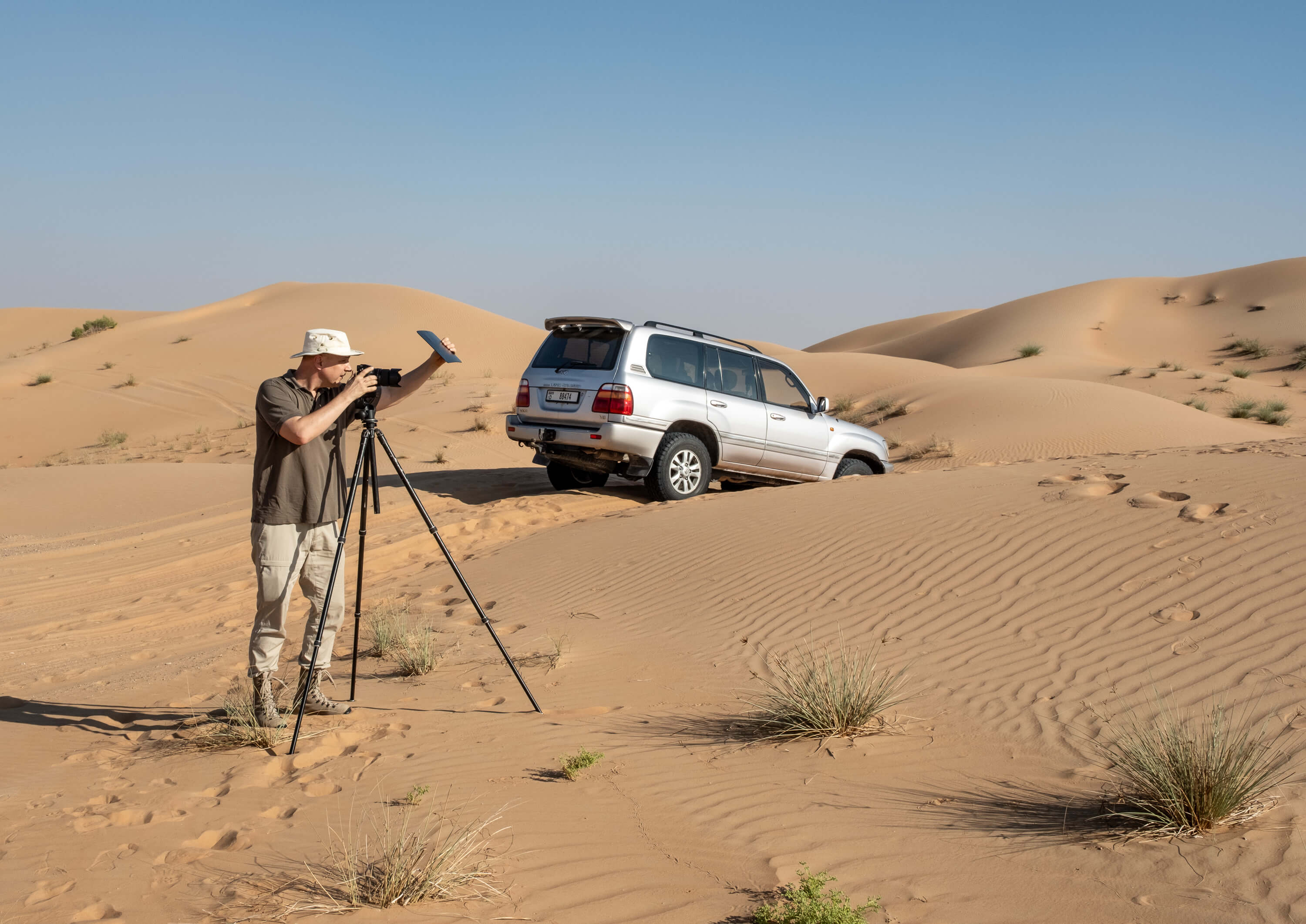
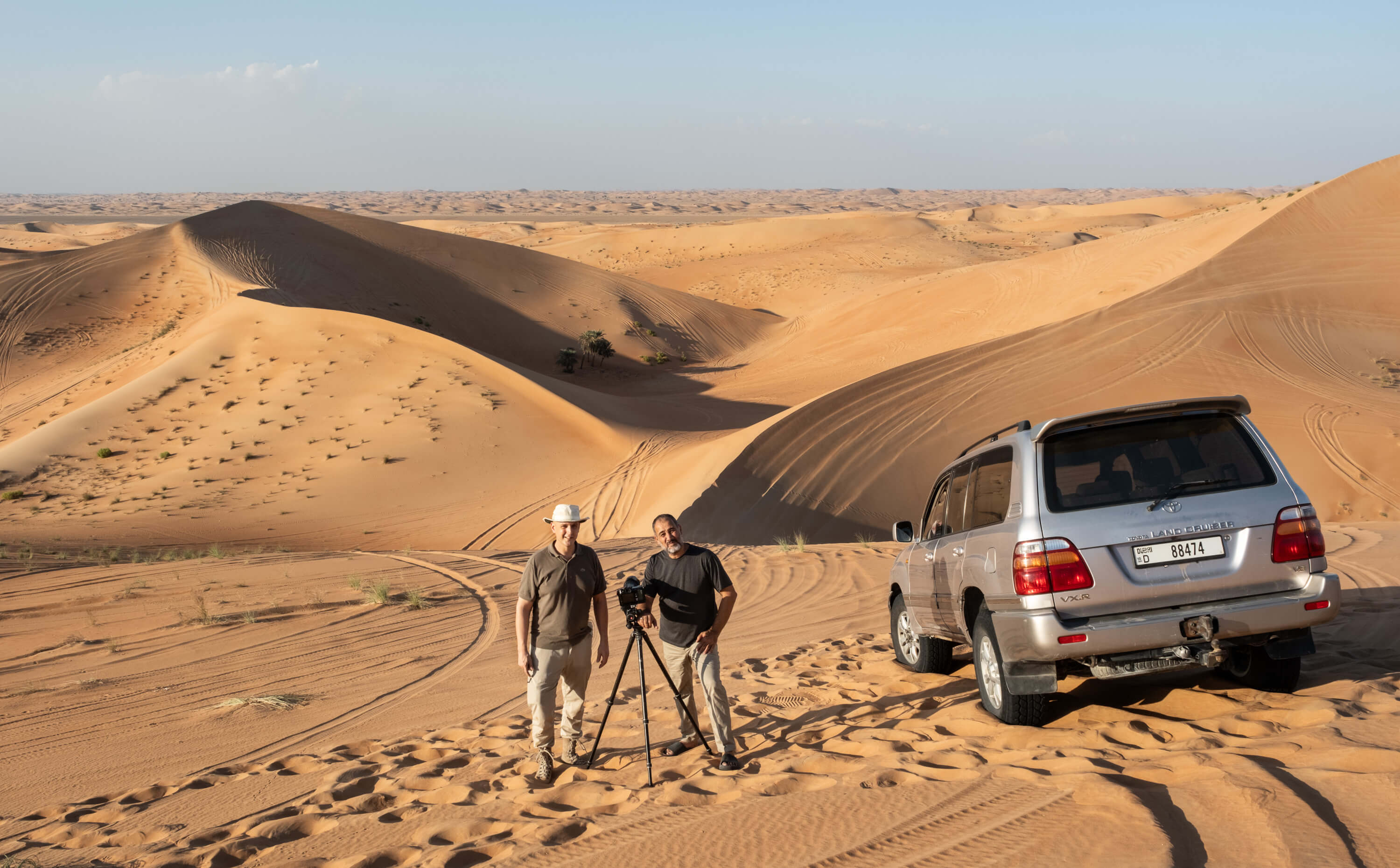
CFF — Jubileumsutställning
In 2024, the Center for Photography in Sweden will celebrate its 25th anniversary, and CFF will manifest this in the fall with several anniversary programs and exhibitions throughout the country. I participated in the anniversary exhibition at the gallery at Bjurholmsplan in Stockholm with a selection of images from the Barriers project.
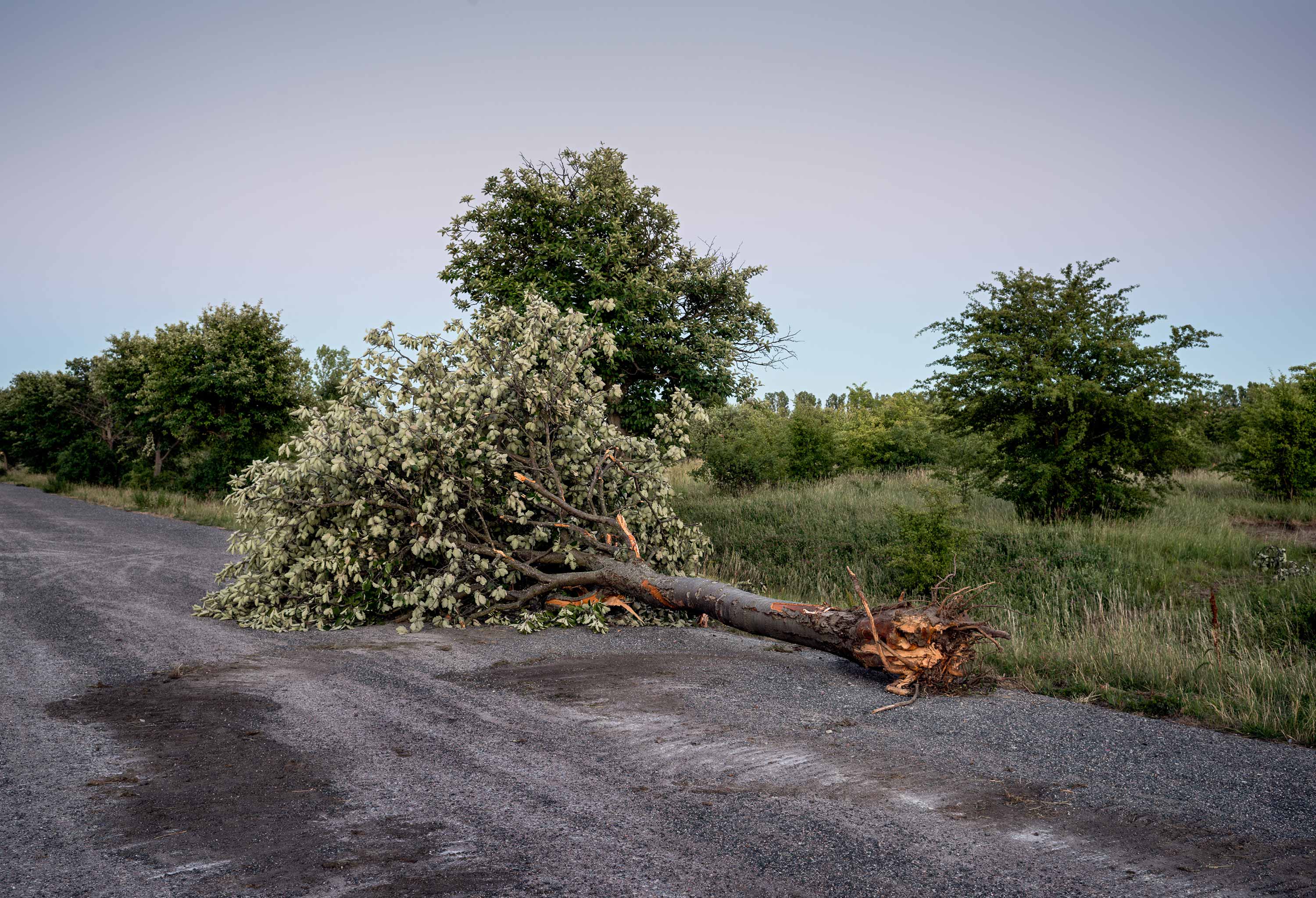
Frame Joinery
I make my frames myself from rough-sawn timber. I mostly use Ash and Oak, but I made three larger frames in Walnut for a recent project. The images to be framed are closeups of green plants and the work is titled “Photosynthesis”. The frames include veneered panels on the sides, and they have three recesses with two extra vertical profiles. The centered profiles are joined with the horizontal pieces with a mortise and tenon joint, the rabbet making it quite a complex joint to make.
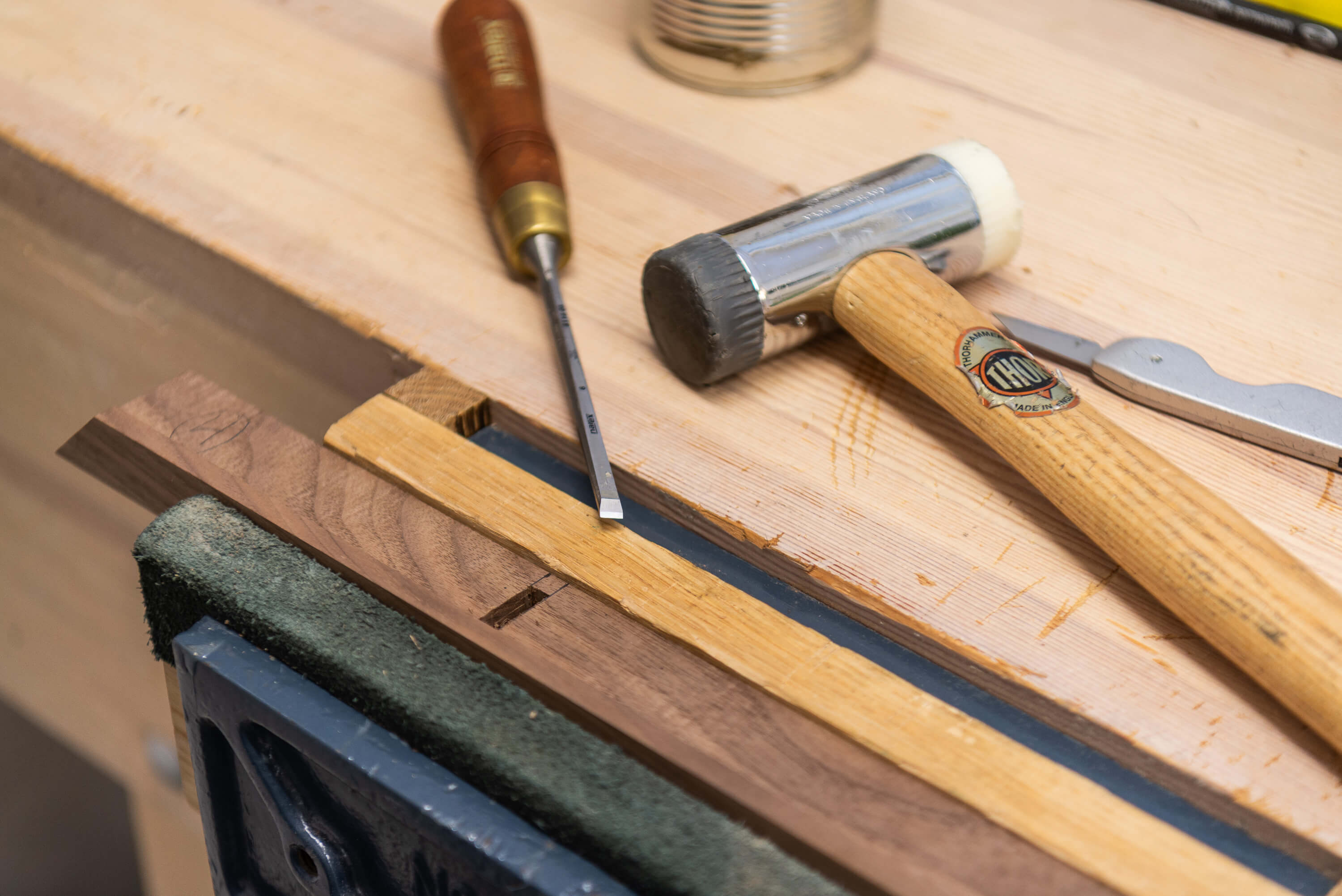
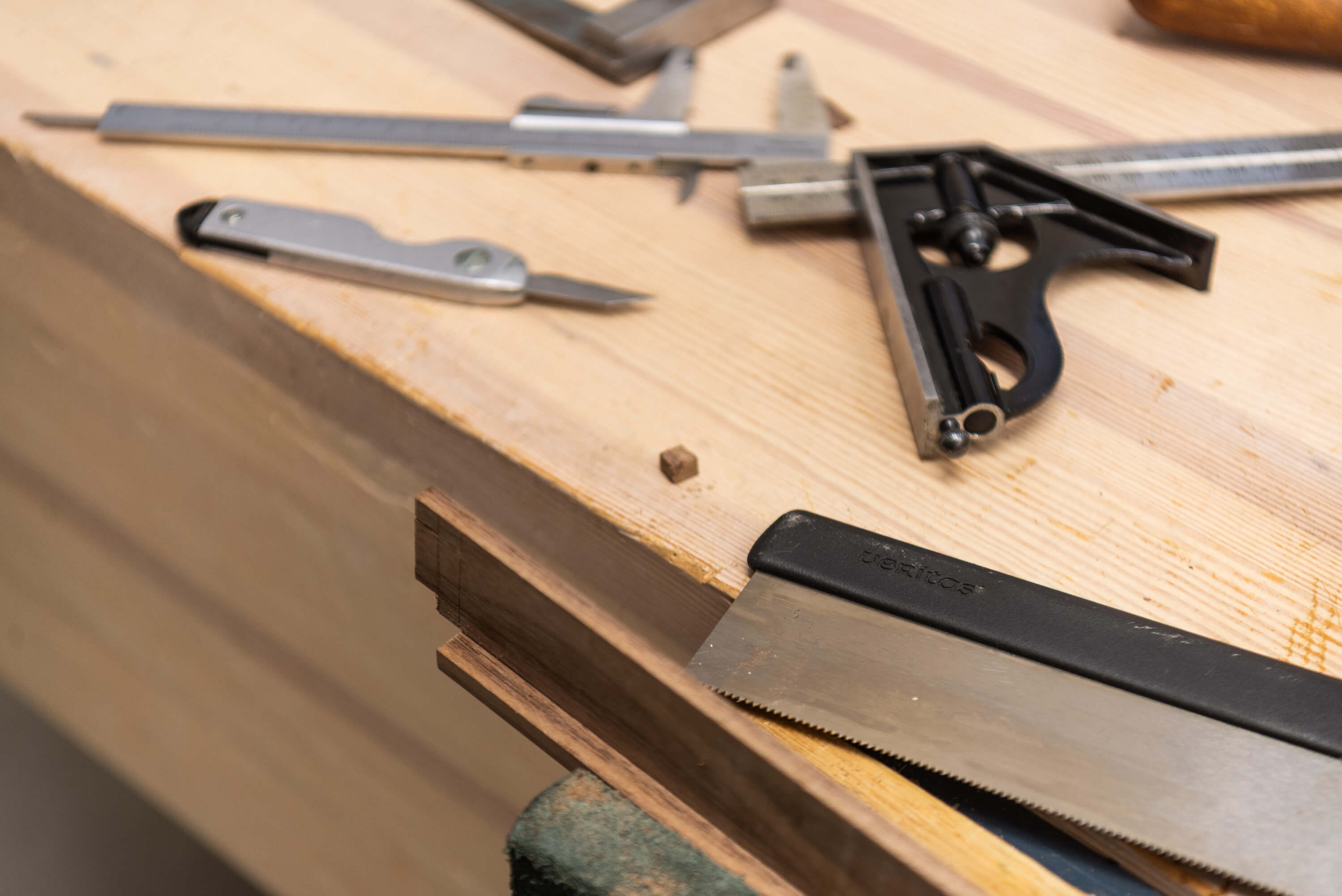
Sveriges författarfond
Today, I received an email from the Swedish Authors’ Fund informing me that I have been awarded a one-year working grant. This is a valuable contribution to my practice, especially as I have begun working on my second photo book. I received the grant for my work on the book "Barriers," which depicts the transformation of the Stockholm suburbs.
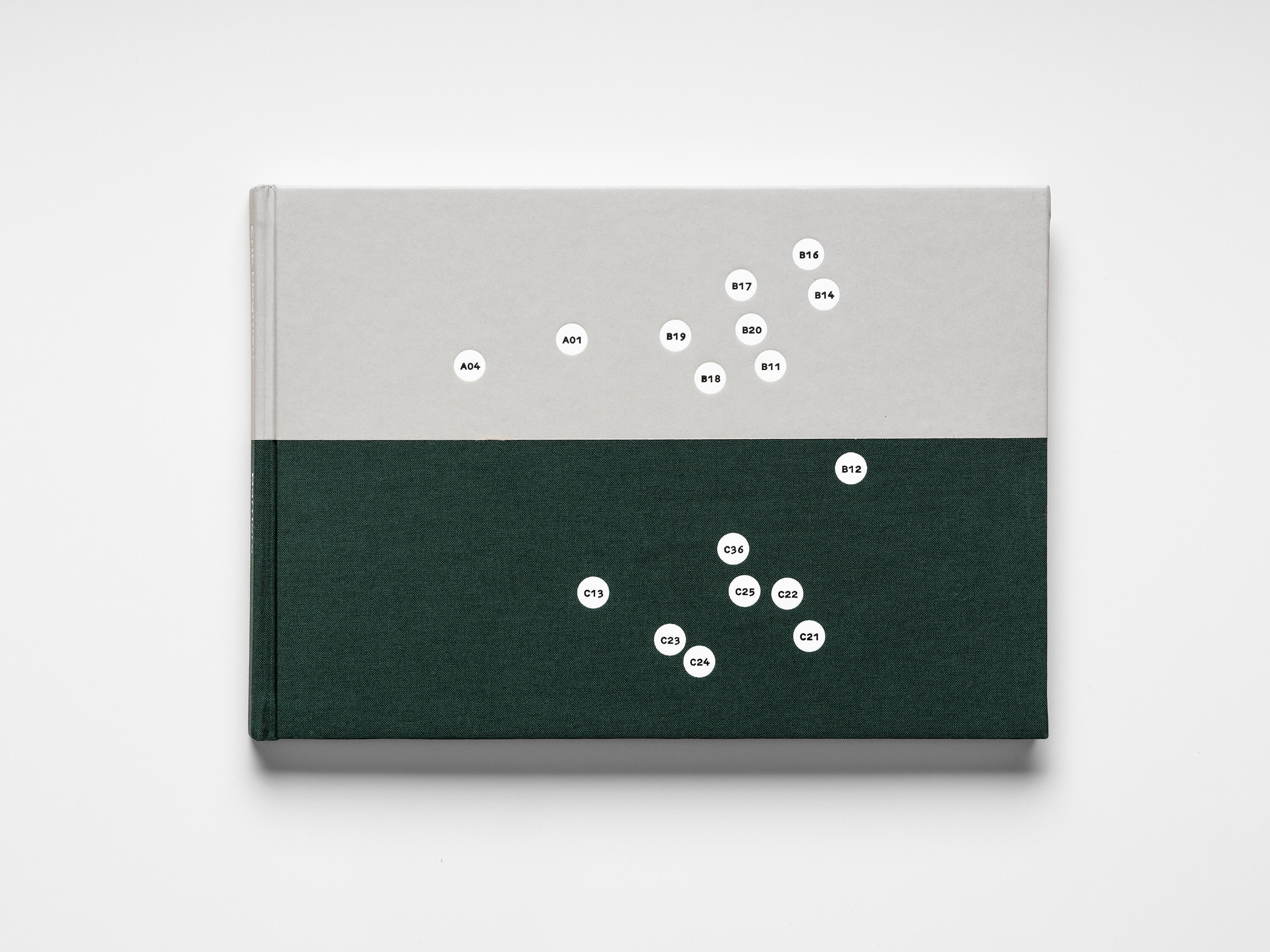
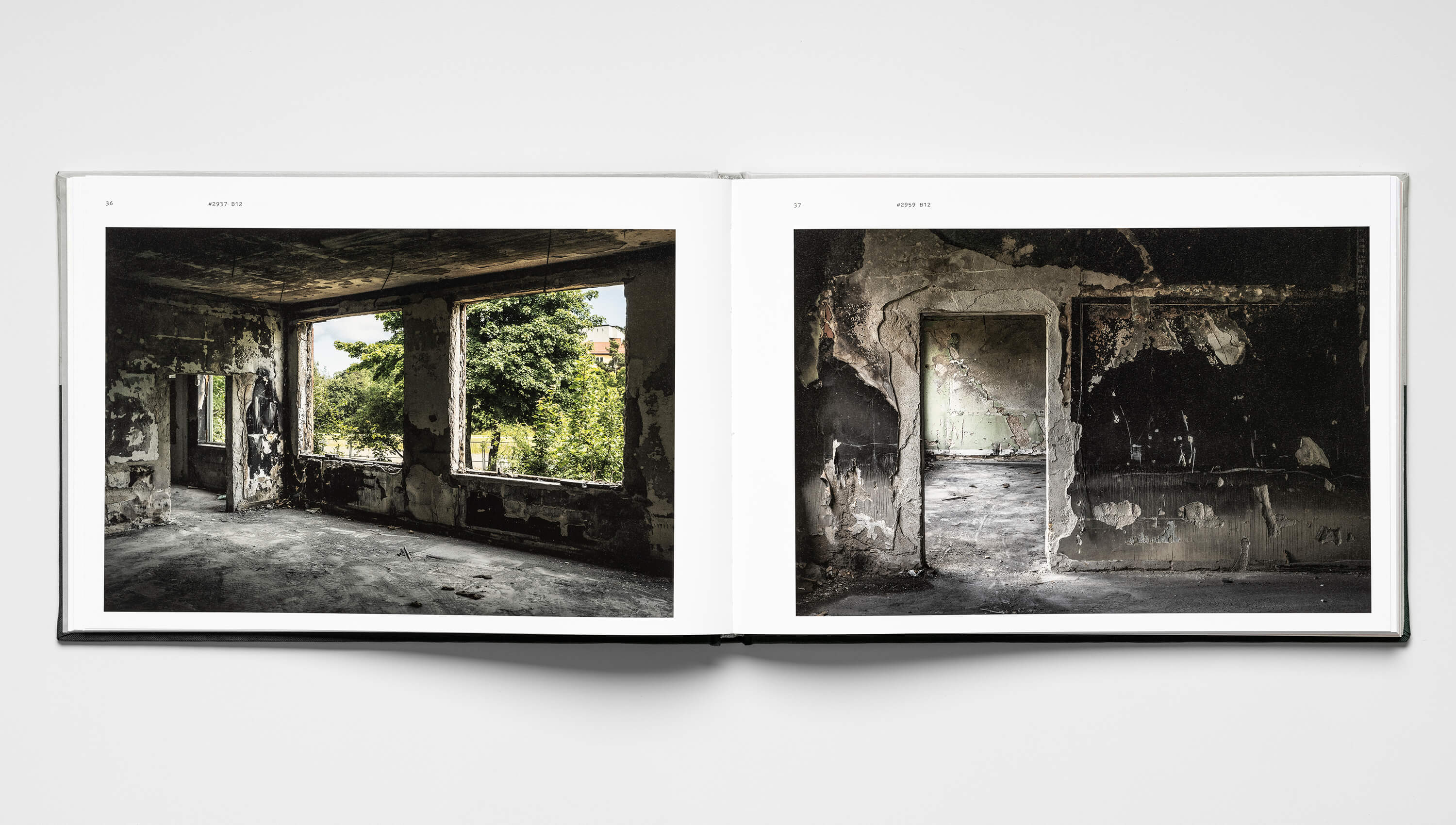
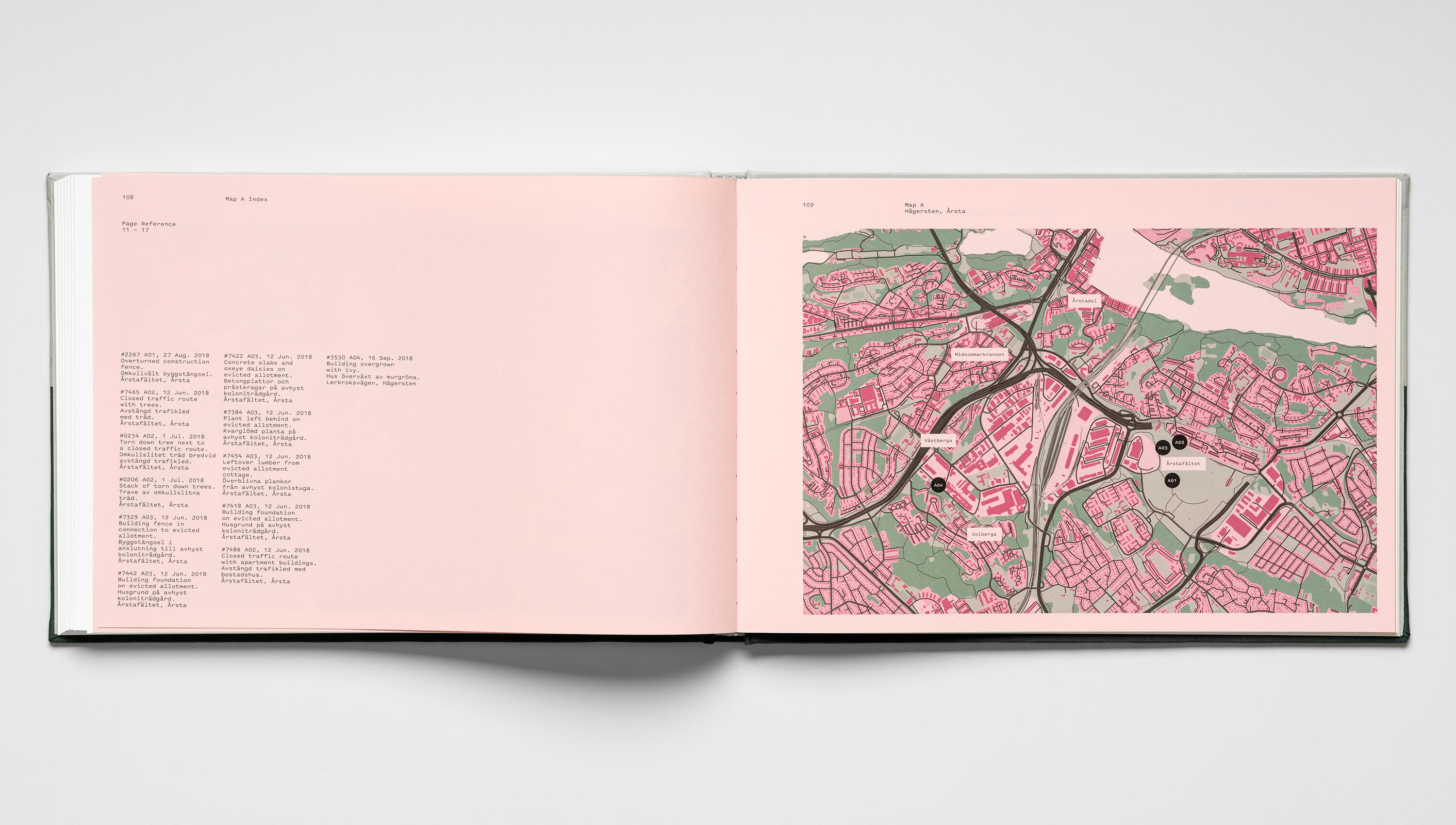
Koyasan
Mount Koya is the center of Shingon Buddhism and a large temple settlement in Wakayama Prefecture with the largest cemetery in Japan, Okunoin. The cemetery surrounds the mausoleum of Kūkai, a Buddhist monk, calligrapher, and poet who founded the esoteric Shingon school of Buddhism. The presence of Koyasan is strong in a calming way, the towering cedar trees and the moss-covered graves ground you in an inexplicable way. The experience also makes me think about Akira Kurosawa´s movie Dreams which subtly explains the Japanese relation to the spiritual forces of the natural world.
